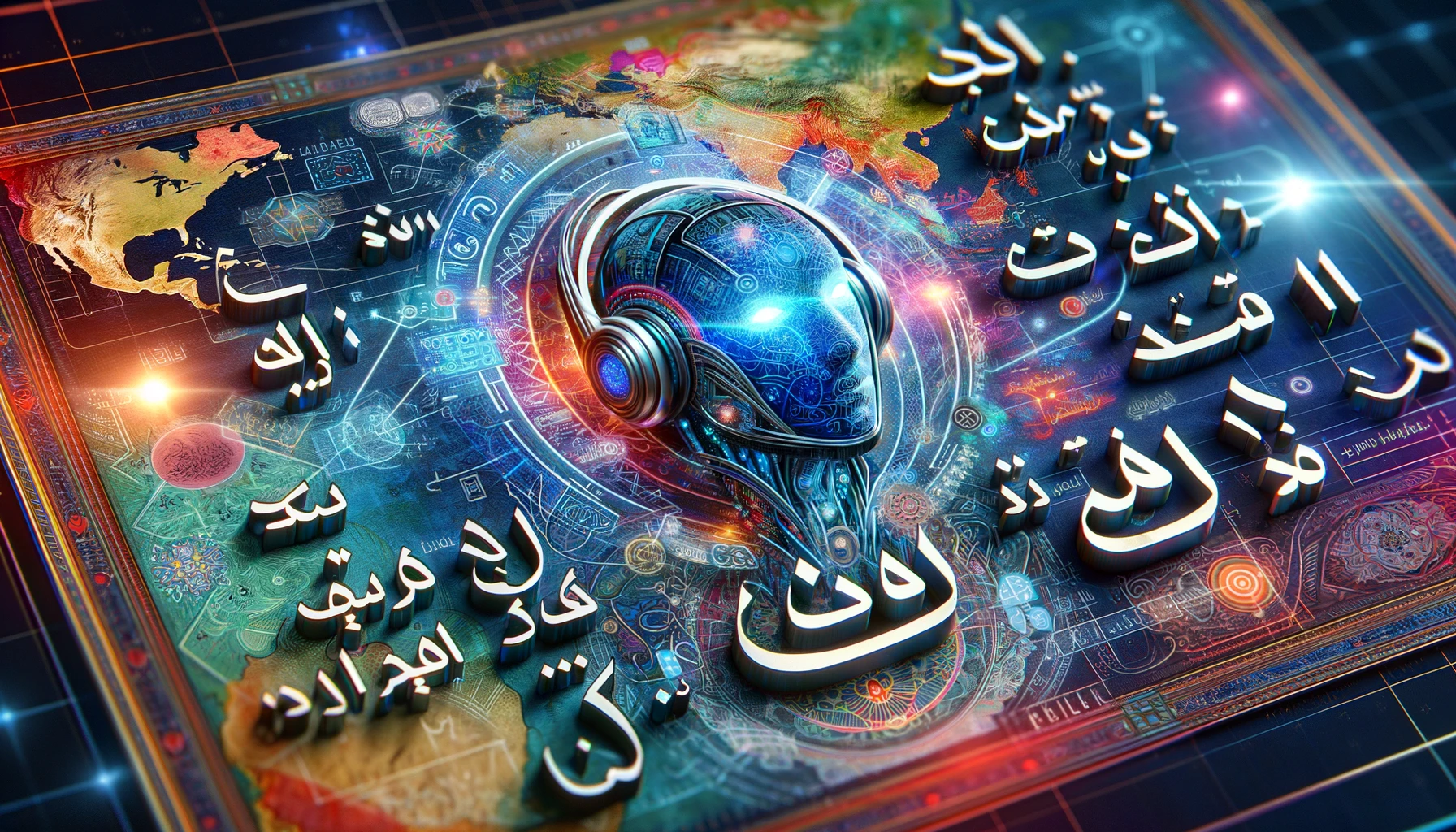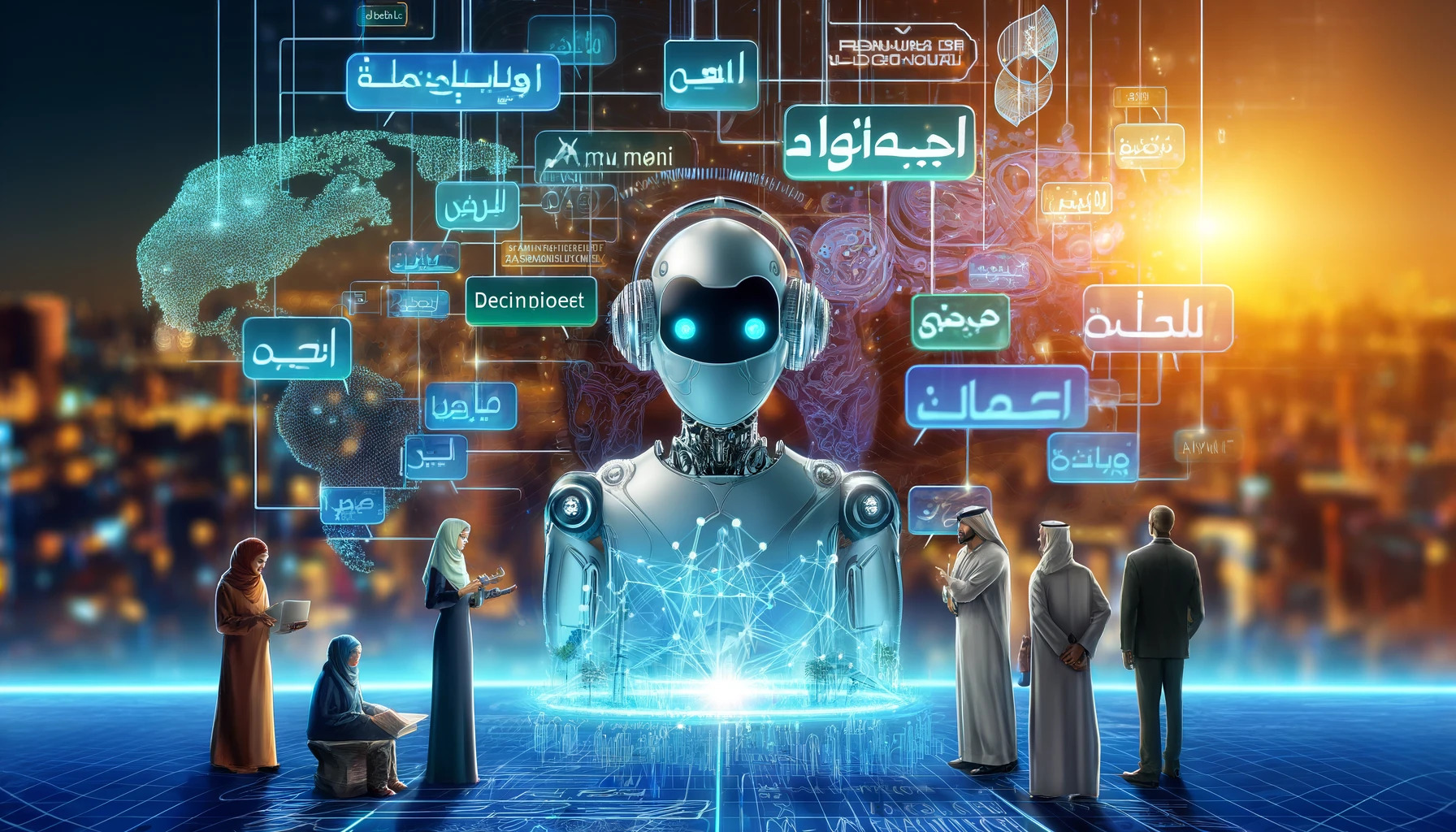Artificial Intelligence (AI) has made significant strides in understanding and processing human languages, but the journey has been particularly challenging for languages with diverse dialects, such as Arabic. Arabic, with its rich history and wide geographic spread, encompasses numerous dialects that differ significantly from one another and from Modern Standard Arabic (MSA). This complexity presents unique challenges for AI developers. However, recent advancements are enabling AI to better grasp the subtleties of Arabic dialects, opening up new possibilities for communication, technology, and social impact.
The Complexity of Arabic Dialects
Arabic is not a monolithic language but rather a collection of dialects that can vary widely from one region to another. These dialects can be so distinct that speakers of one dialect might struggle to understand speakers of another. The primary variations include but are not limited to Egyptian, Levantine, Gulf, Maghrebi, and Iraqi Arabic. Each of these dialects has its own phonetic, syntactic, and lexical peculiarities.
For AI to effectively process Arabic, it must navigate these variations. This is significantly more complex than processing languages with fewer dialectal variations. The task involves not only recognizing different words and phrases but also understanding context, cultural references, and idiomatic expressions unique to each dialect.
Challenges in Developing AI for Arabic Dialects
- Data Scarcity: High-quality, annotated data is crucial for training AI models. While there is a wealth of data in MSA, resources for individual dialects are relatively scarce. Collecting and annotating this data is both time-consuming and resource-intensive.
- Diverse Linguistic Features: Arabic dialects exhibit considerable variation in pronunciation, grammar, and vocabulary. AI models must be trained to recognize and interpret these differences accurately.
- Code-Switching: Many Arabic speakers frequently switch between MSA and their local dialects, or even mix them within a single conversation. This phenomenon, known as code-switching, adds another layer of complexity for AI systems.
- Cultural Nuances: Understanding the cultural context behind phrases and expressions is essential for accurate translation and communication. Dialects often carry cultural nuances that are not present in MSA.
Advances in AI for Arabic Dialects
Despite these challenges, there have been significant advancements in the field. Here are some key developments:
- Enhanced Natural Language Processing (NLP) Models: Modern NLP models, such as those based on Transformer architecture (e.g., BERT, GPT), have shown remarkable capabilities in handling multiple languages and dialects. These models are being fine-tuned with data from various Arabic dialects to improve their accuracy and contextual understanding.
- Dialectal Corpora: Researchers and organizations are increasingly creating and expanding corpora for different Arabic dialects. These databases contain vast amounts of dialect-specific text, which are essential for training and evaluating AI models.
- Transfer Learning: Transfer learning techniques allow AI models to leverage knowledge gained from one language or dialect to improve performance in another. By using a pre-trained model on MSA and fine-tuning it with dialect-specific data, developers can achieve better results with less data.
- Speech Recognition and Synthesis: Speech recognition and synthesis technologies are being tailored to accommodate Arabic dialects. These systems are trained to recognize the phonetic variations and intonation patterns unique to each dialect, enhancing their accuracy and usability.
- Community Involvement: Engaging native speakers in the development process has proven beneficial. By involving communities in data collection, annotation, and validation, AI developers can ensure that their models are more representative and accurate.
Real-World Applications
The ability to understand Arabic dialects accurately has numerous practical applications:
- Customer Service: AI-powered chatbots and virtual assistants can provide more personalized and effective customer service by understanding and responding in the customer’s dialect.
- Healthcare: AI translation tools can help healthcare providers communicate better with patients who speak different Arabic dialects, improving the quality of care.
- Education: Educational platforms can offer content in various dialects, making learning more accessible and engaging for students from different regions.
- Social Media Monitoring: AI can analyze social media content across different dialects, providing insights into public opinion, trends, and regional issues.
Conclusion
The development of AI to understand the nuances of Arabic dialects is a testament to the technology’s evolving capabilities and the growing recognition of linguistic diversity. While challenges remain, the progress made so far is promising. By continuing to innovate and collaborate with native speakers, researchers and developers can create AI systems that bridge linguistic gaps and foster better communication across the Arab world.
Are you interested in seeing how these advancements can benefit your organization? AIM Technologies specializes in AI solutions tailored to understand and process Arabic dialects. Request a demo today to explore how our cutting-edge technology can enhance your communication, customer service, and more. Contact us now to experience the future of AI in Arabic language processing.



